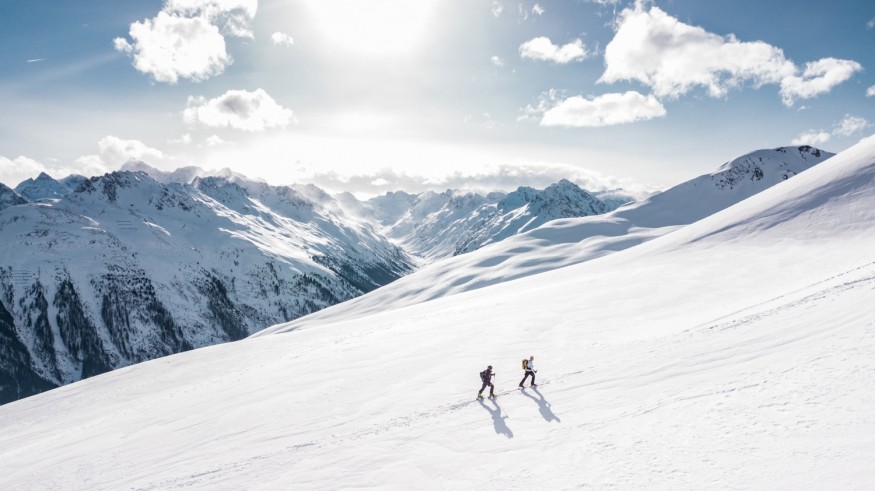Alpine guides who normally lead thousands of hikers up to Europe's highest peak announced earlier this week that ascents on Mont Blanc would be suspended. Ezio Marlier, president of the Valle D'Aosta guides association, said that the Italian Alpine region had only closed two routes. The other peak is located at the Jungfrau peak in Switzerland.

Closure advisory in the Alps
During the summer, tourists flock to the Alps for well-trodden paths up to some of Europe's most iconic peaks. However, the warm temperatures speed up glacier melt, and the thawing of permafrost routes that are normally safe this time of year now face hazards such as falling rocks released from the ice.
Pierre Mathey, head of the Swiss mountain guide association, told AFP that there are warnings for around a dozen peaks in the Alps, including emblematic ones like the Matterhorn and Mont Blanc. It is happening far earlier in the season than normal. Usually, such closures happen in August, but now they have started at the end of June and are continuing in July.
According to the Guide Alpine Italiane's Facebook page, the particularly delicate conditions caused by the temperature spike prompted the postponement of the climbs.
Mountain guides have advised against tours along routes on the Matterhorn's towering pyramid-shaped peaks' Italian and Swiss sides.
Marlier said that avoiding popular tourist routes was a setback following the COVID delays. He said that it is not easy to stop working after two almost empty seasons. He also lamented that many people cancel their trips after learning that their preferred route was closed. "There are many other things to do, but when people want Mont Blanc, they usually want Mont Blanc." he said.
ALSO READ : Landslides Found to Influence Glacial Shifts, Changes Movement and Melting of Ice Masses
Alps Glacier Melt Due to Increase in Temperature
Climbing on some of Europe's largest mountain ranges' thousands of glaciers is also becoming more complex. Andreas Linsbauer, a glaciologist at Zurich University, said that the glaciers are in a state that they usually are at the end of the summer or later. He said that it would undoubtedly break the record for negative melts.
A combination of factors, he said, were contributing to a really extreme summer, beginning with unusually little snowfall last winter, which meant there was less to protect the glaciers. Early in the year, sand blew up from the Sahara, darkening the snow and causing it to melt faster. The rapid melting of glaciers can make them more dangerous. Then, in May, the first heatwave hit Europe, followed by others in June and July, raising temperatures even at high altitudes.
Rapid melting can make glaciers more dangerous, as seen earlier this month with the sudden collapse of Italy's previously seemingly harmless Marmolada glacier, which killed 11 people as ice and rock hurtled down the mountain.
While scientists have yet to reach definitive conclusions about what caused the disaster, one theory is that meltwater reached the point where the glacier was frozen to the rock, loosening its grip.
According to Mylene Jacquemart, a researcher at Zurich's ETH university, a glacier and mountain hazard, there were many unknowns about the disaster.
However, the general theme is that more meltwater complicates and potentially dangerous situations.
RELATED ARTICLE : Snowy Alps Turning Green Due to Climate Change; Reduction in Snow Cover Visible From Space
Check out more news and information on Environment in Science Times.
© 2026 ScienceTimes.com All rights reserved. Do not reproduce without permission. The window to the world of Science Times.












